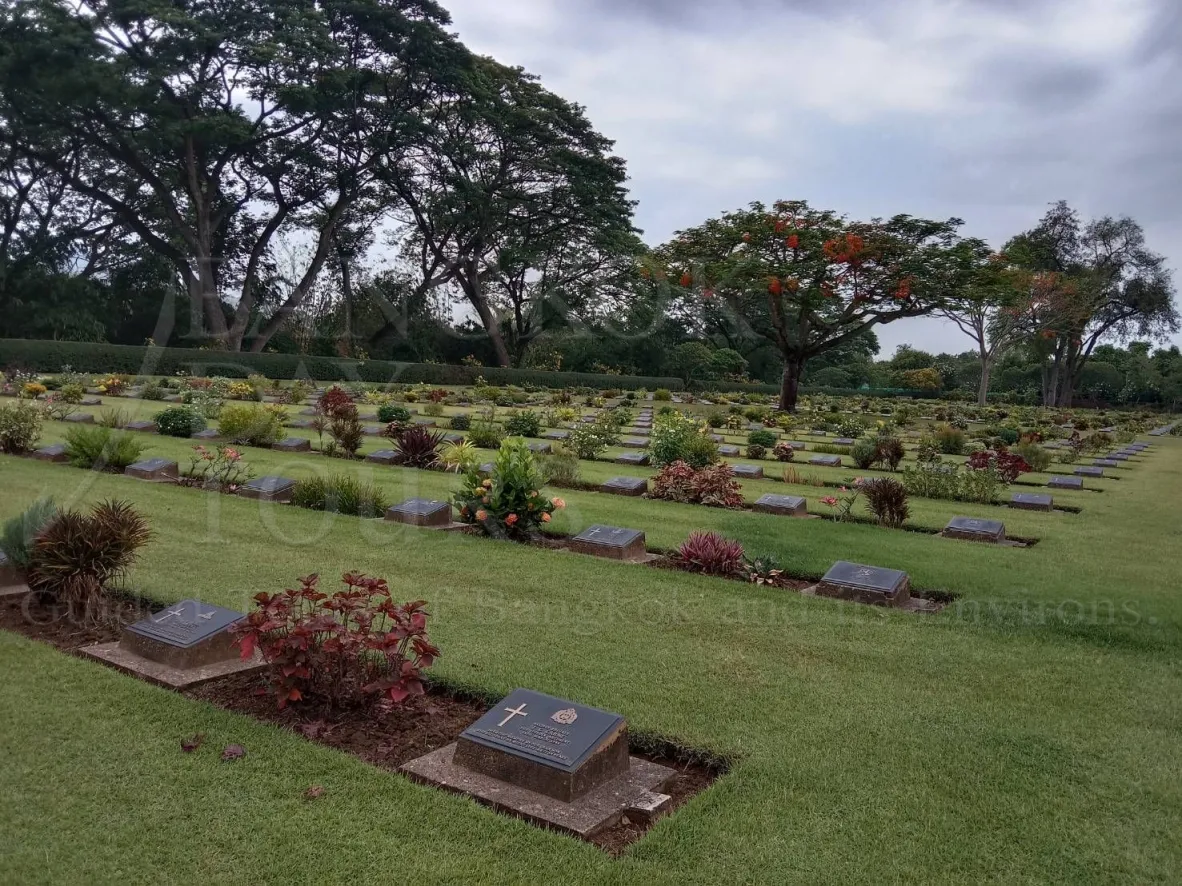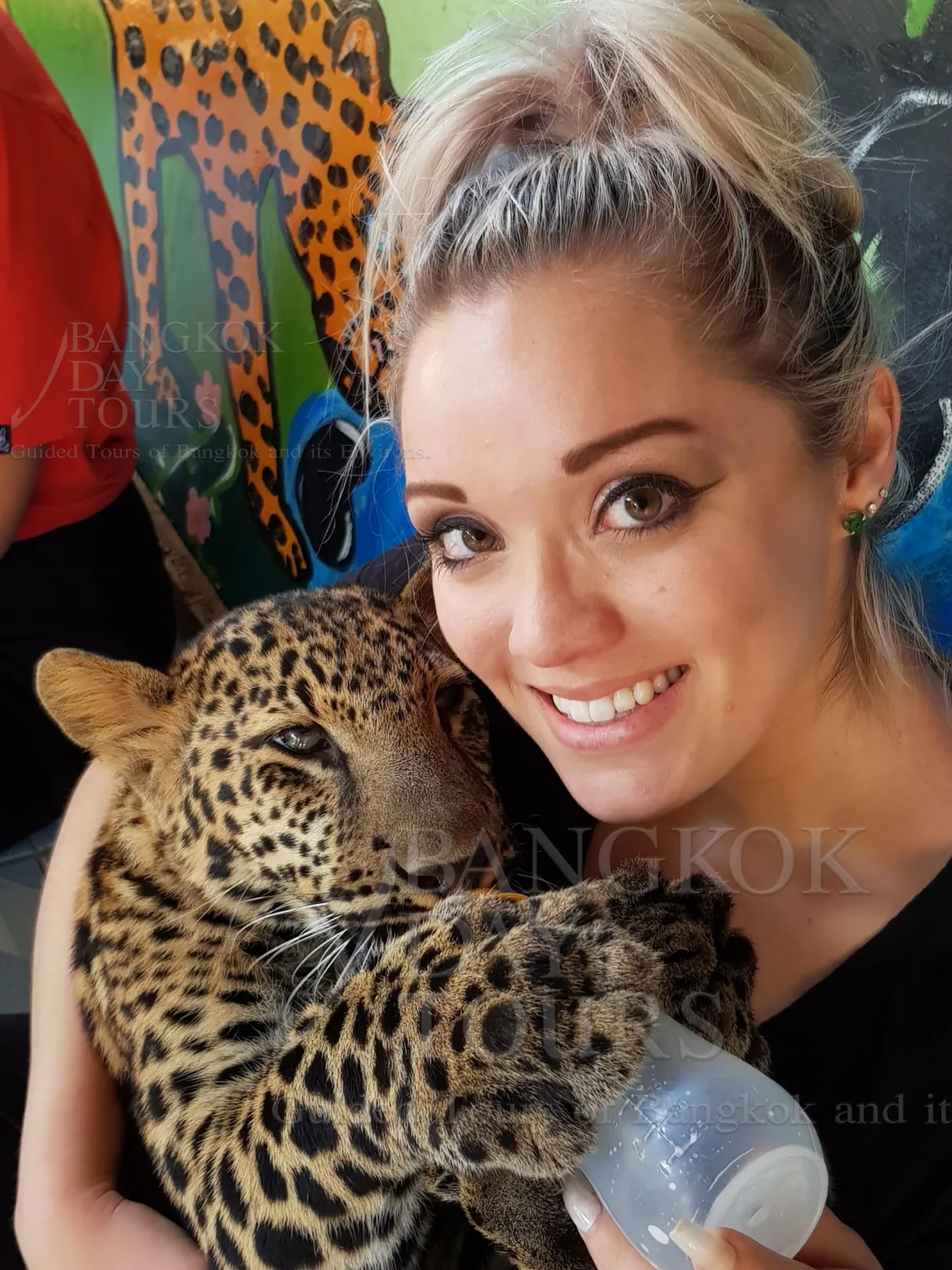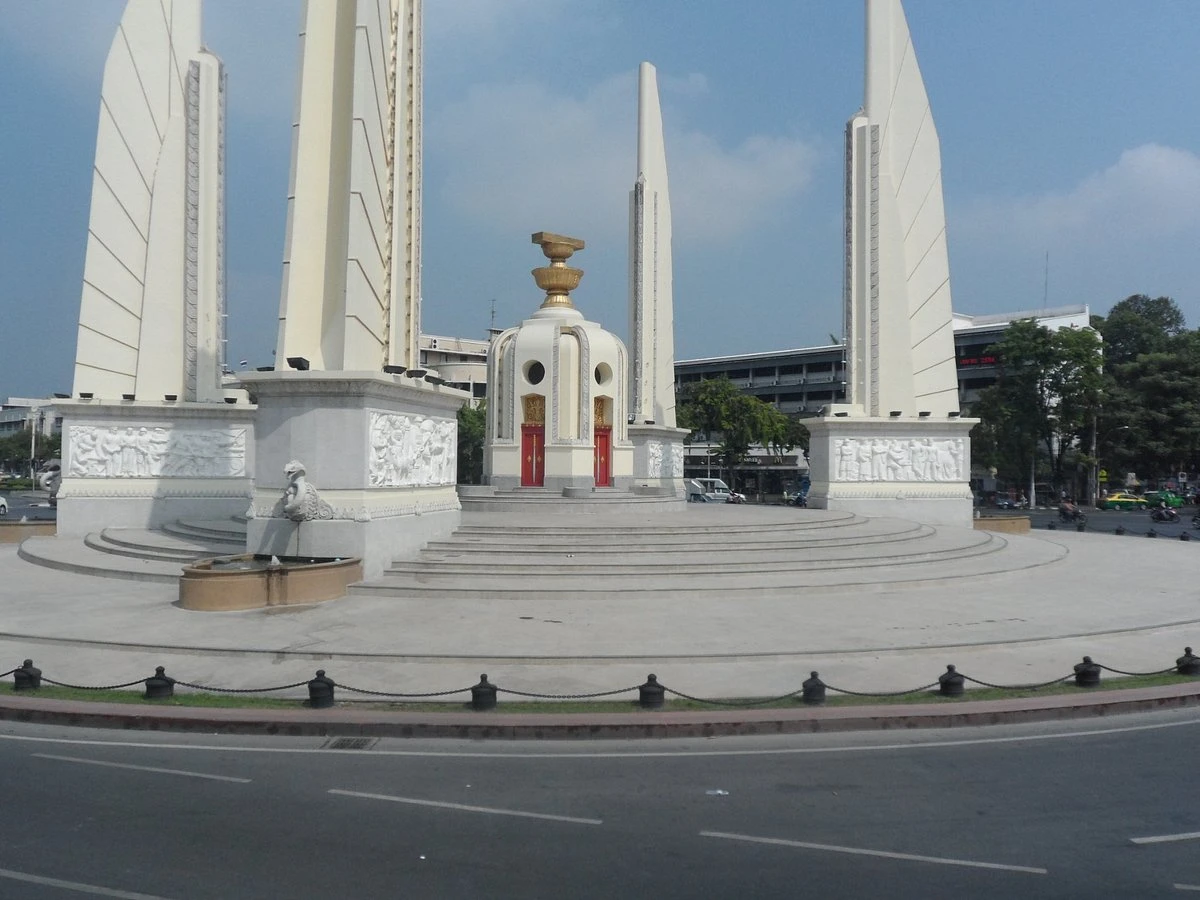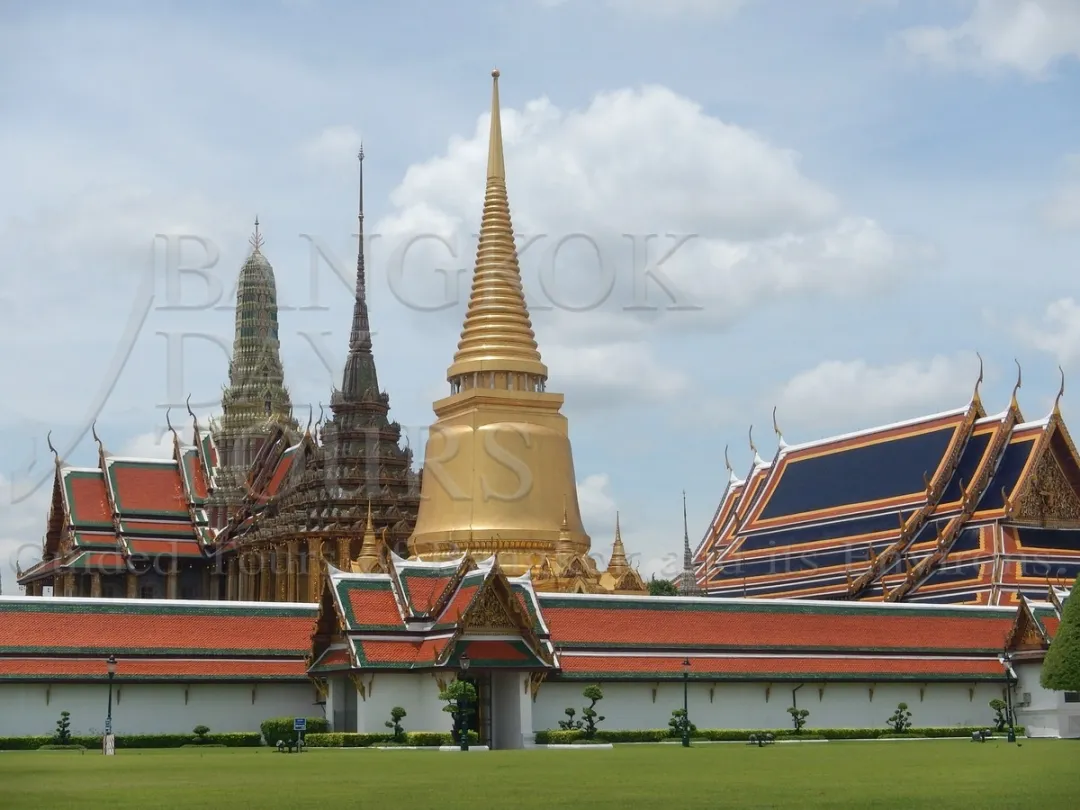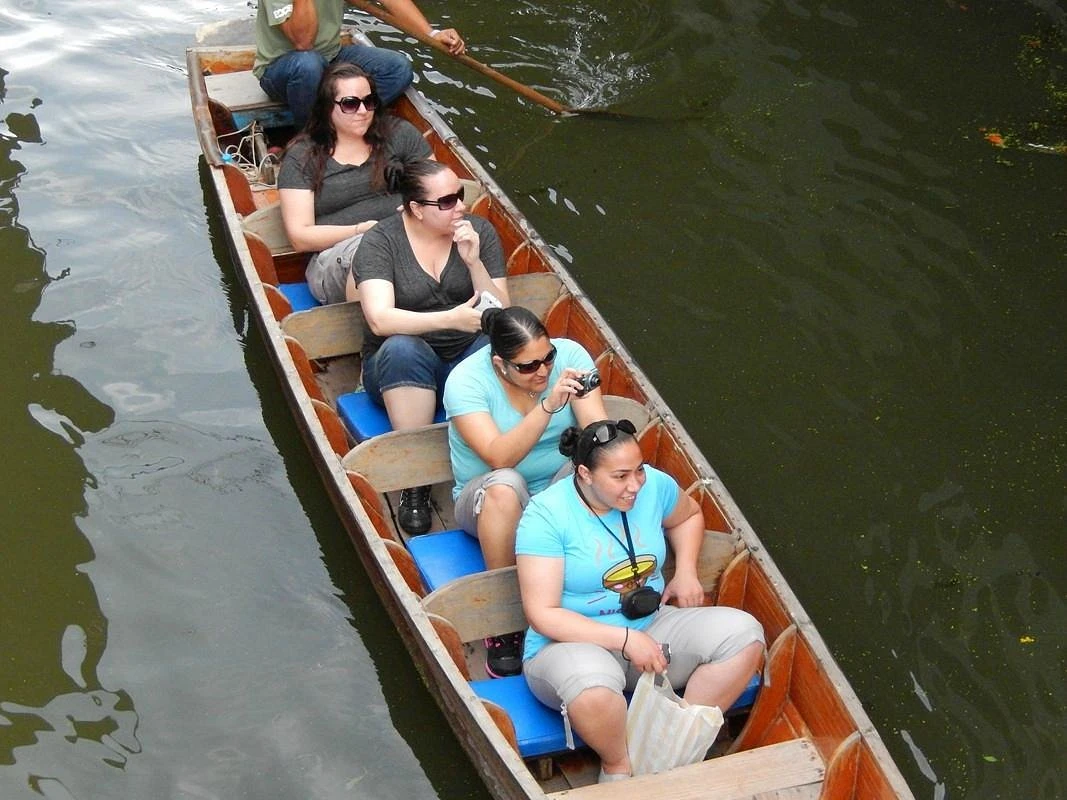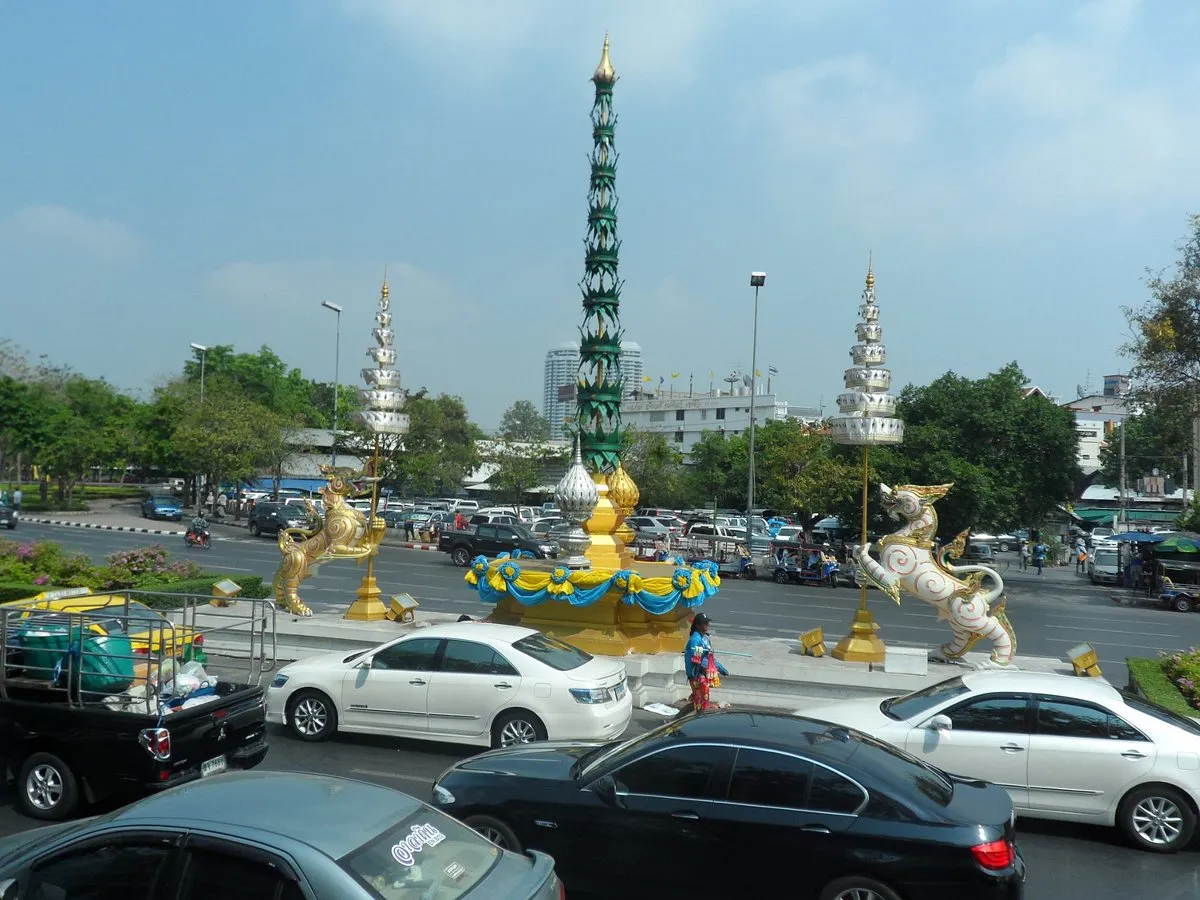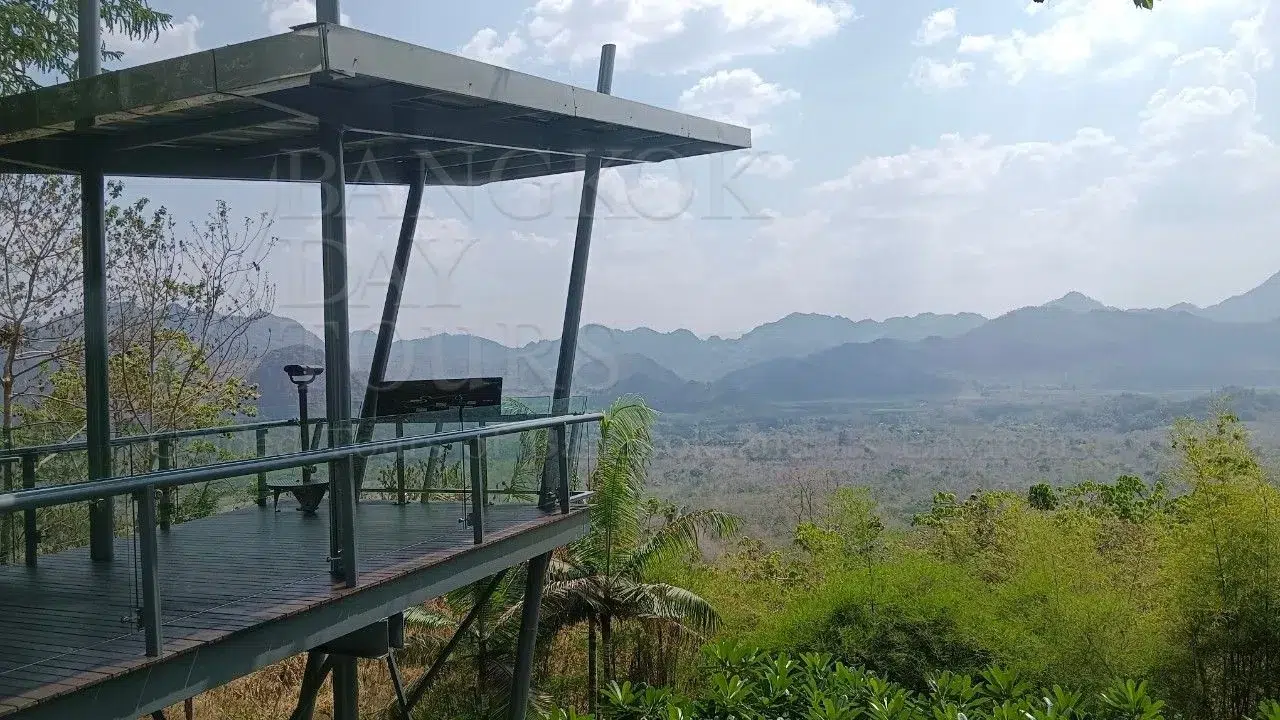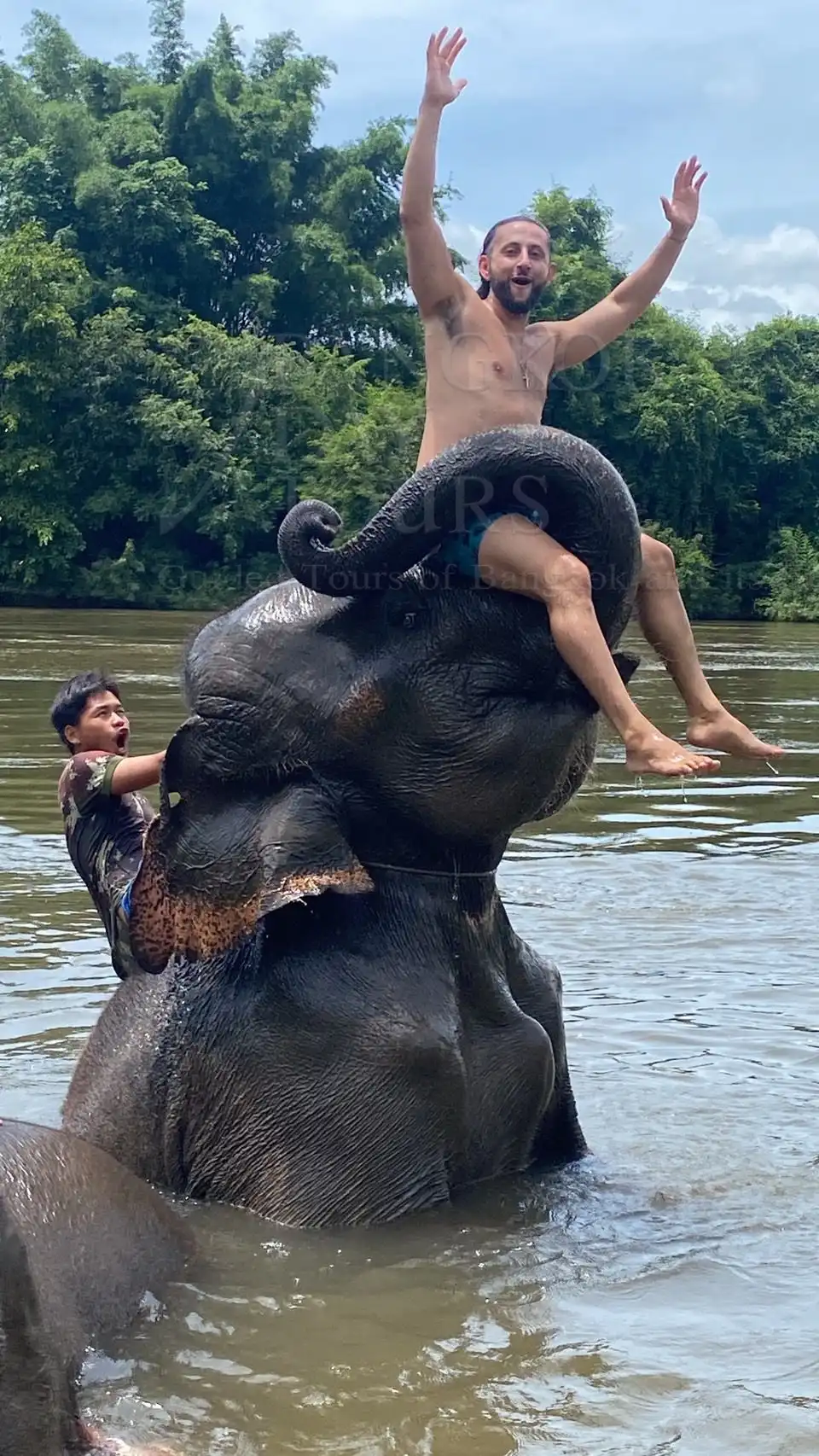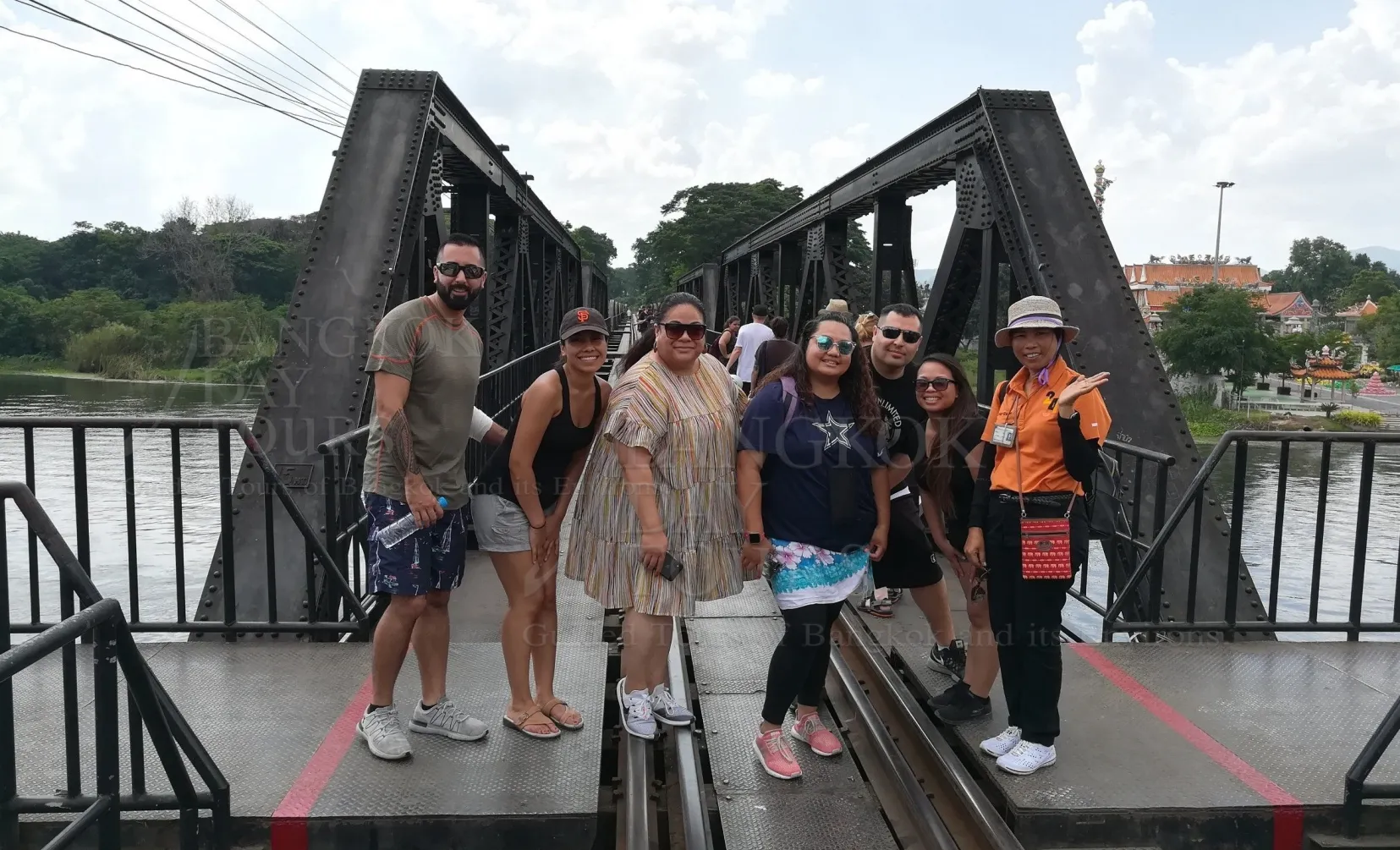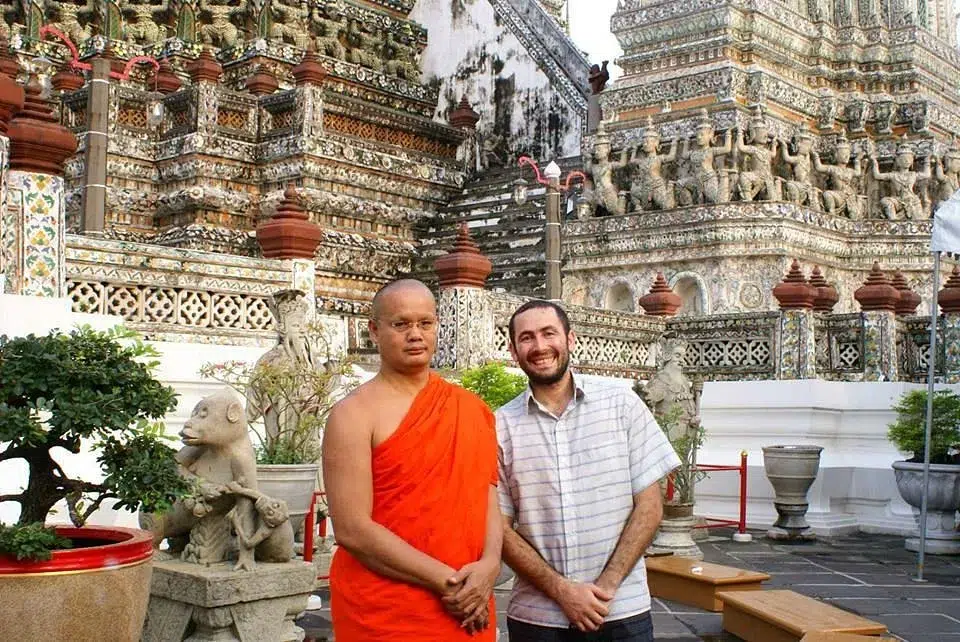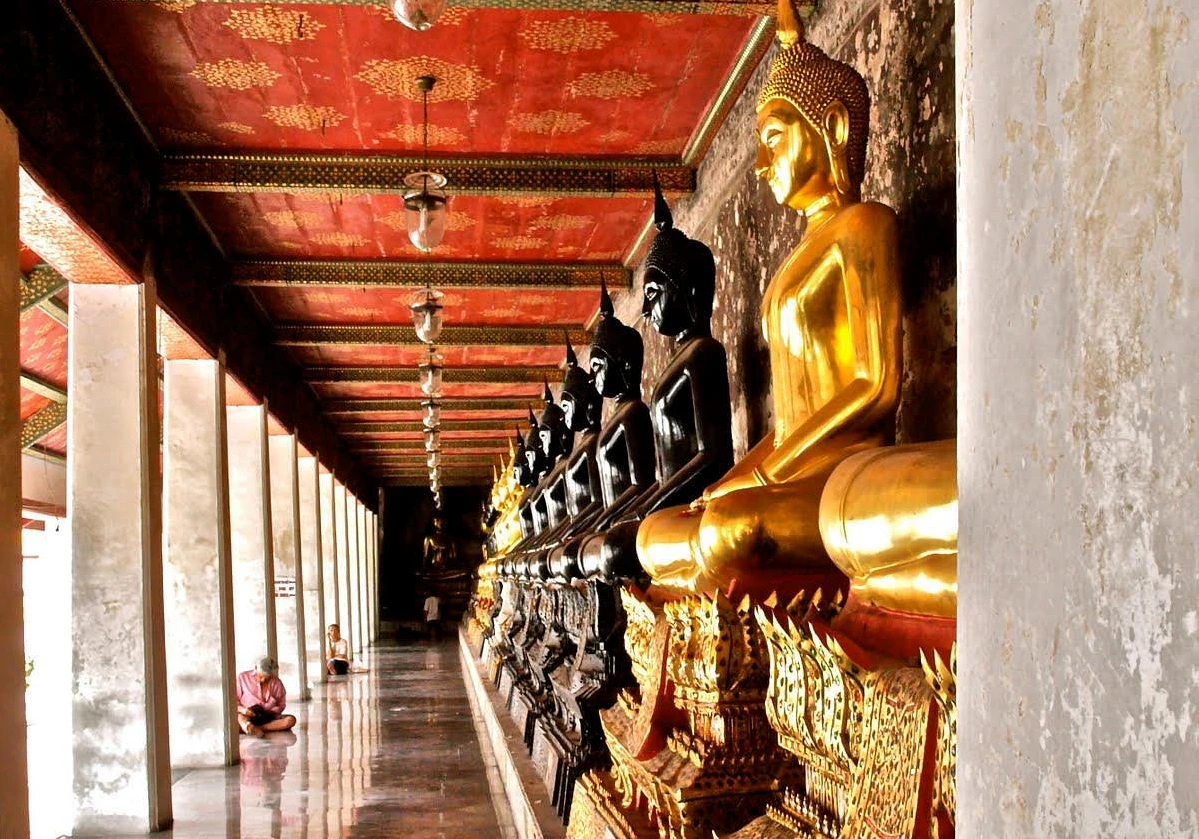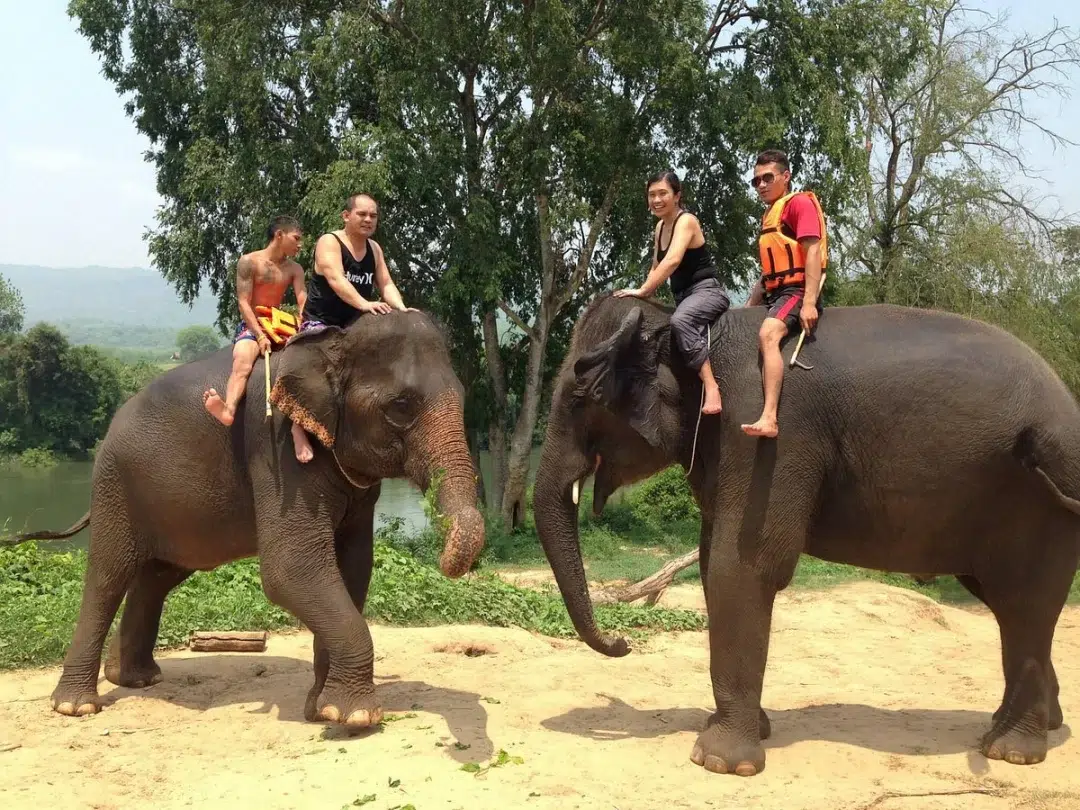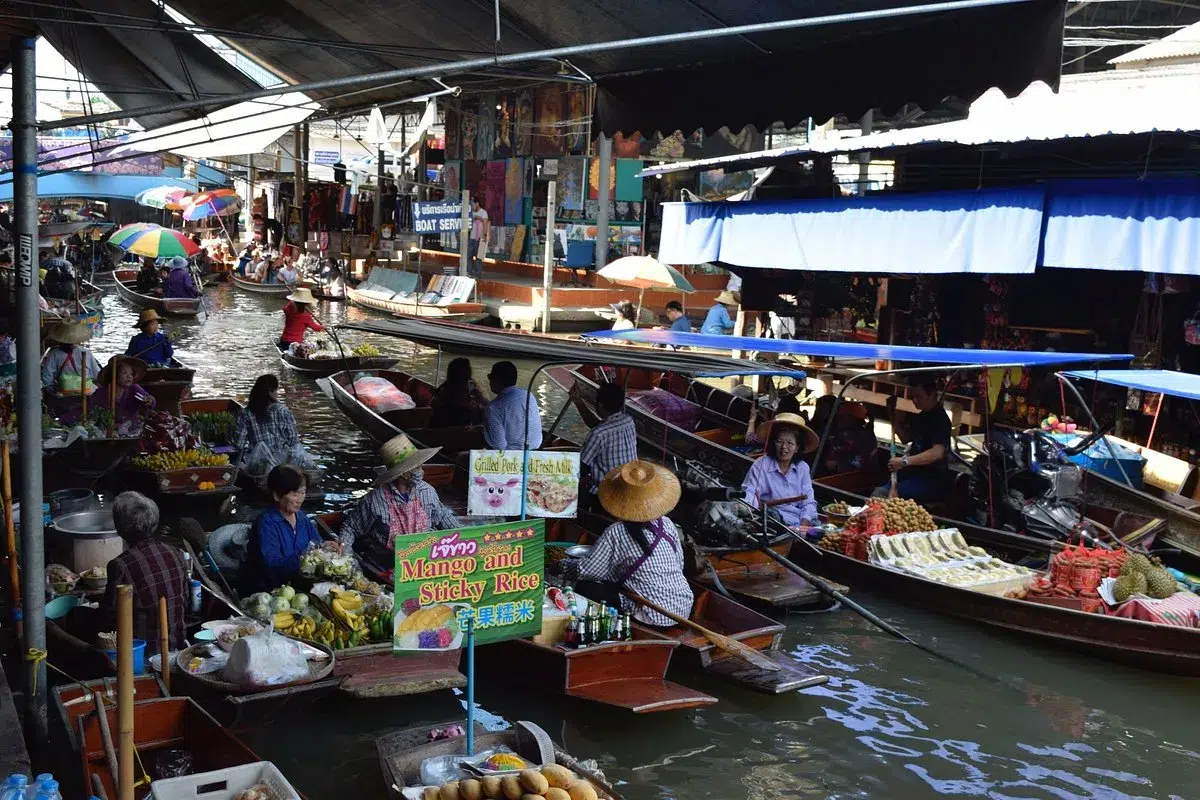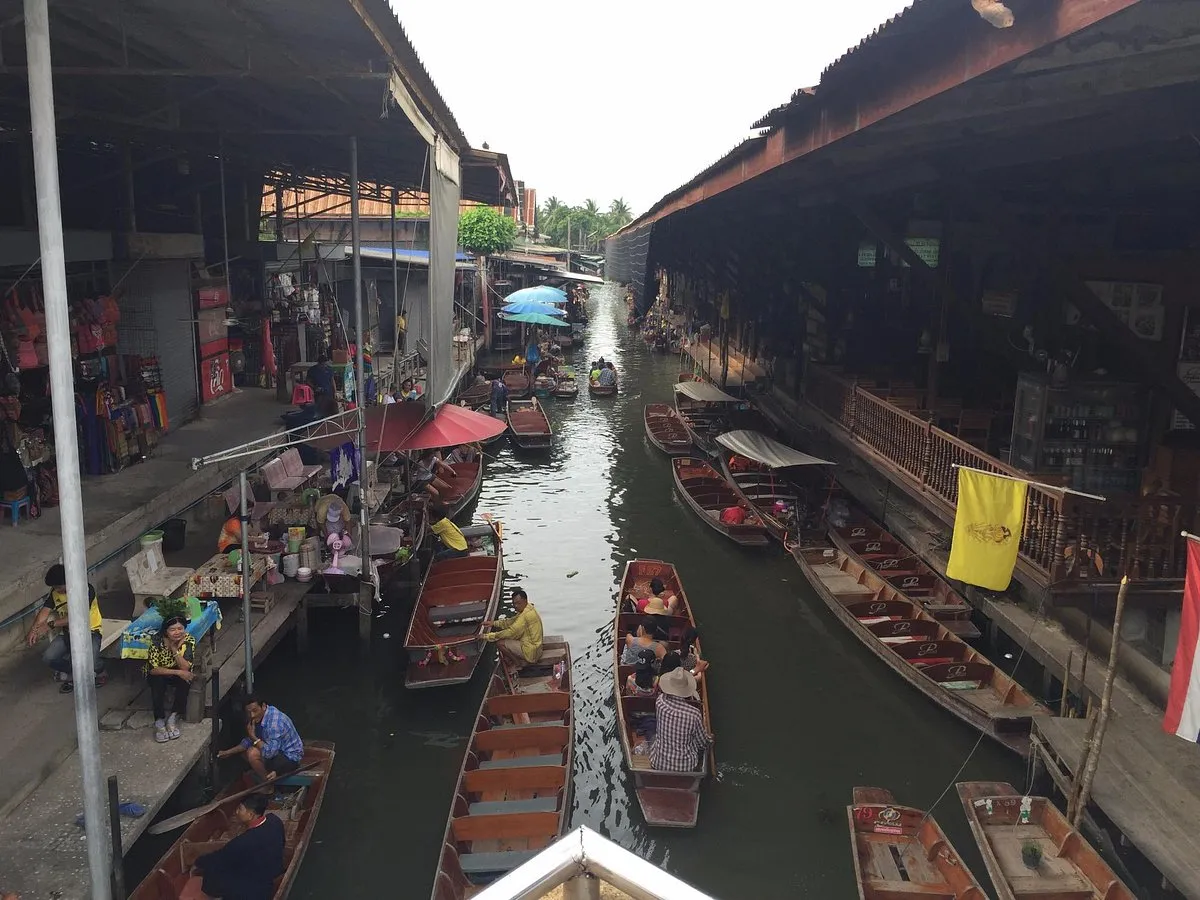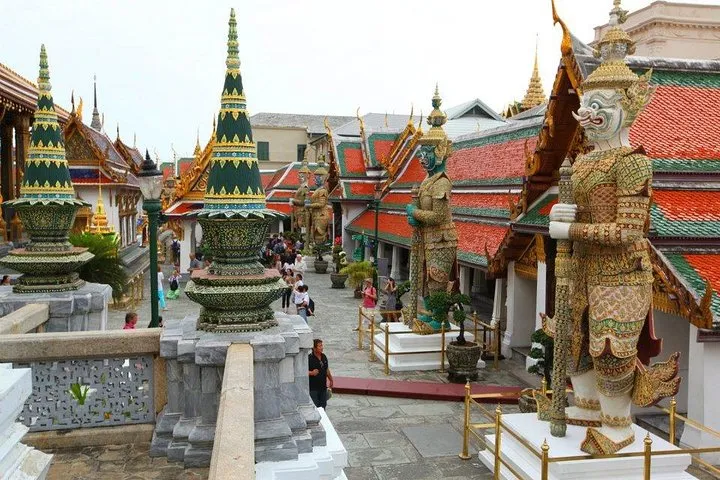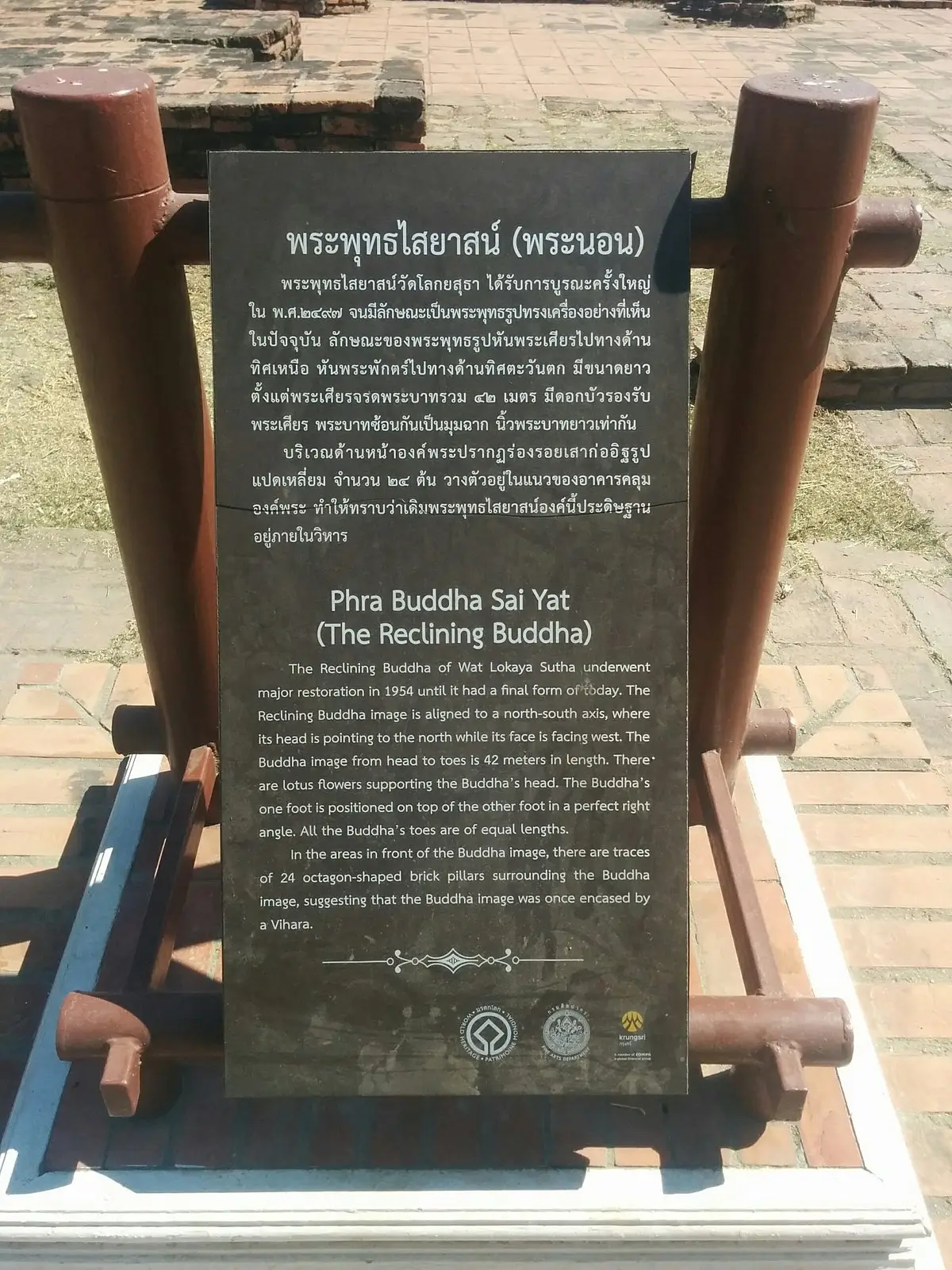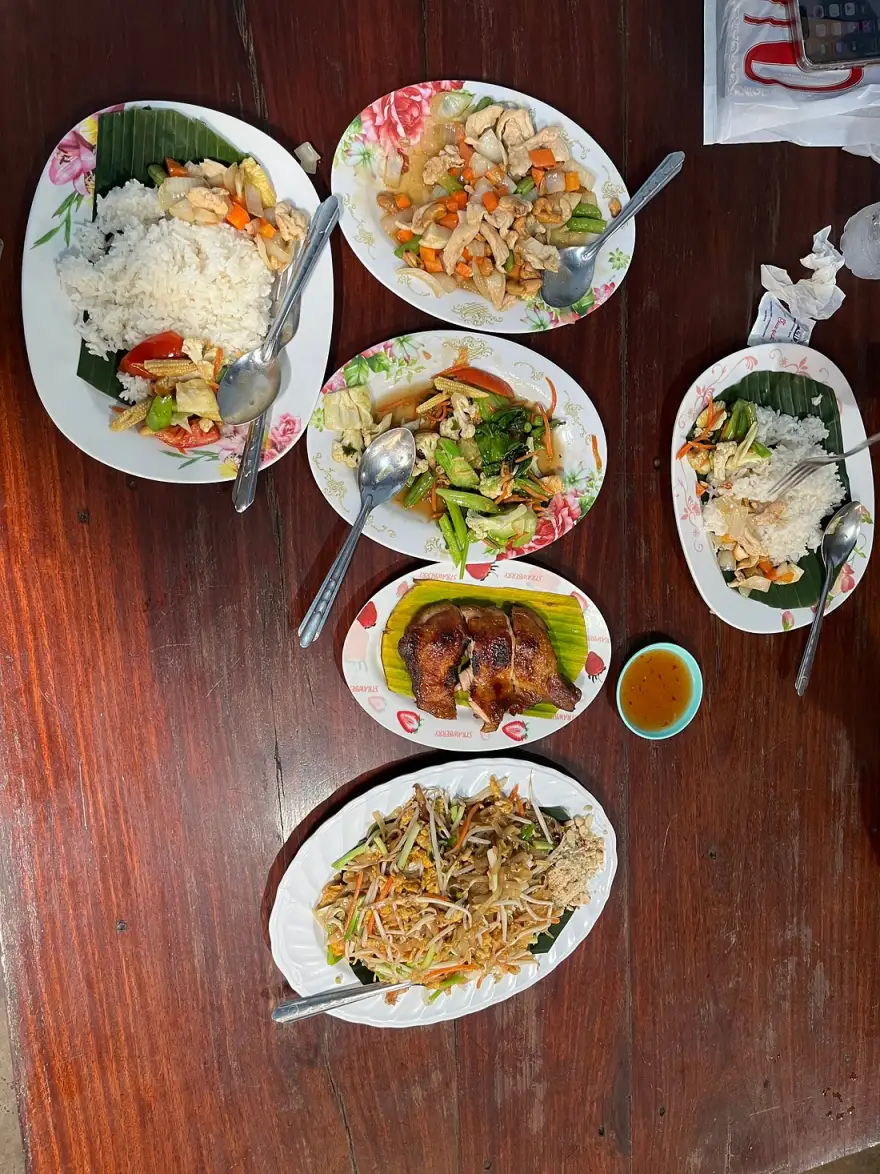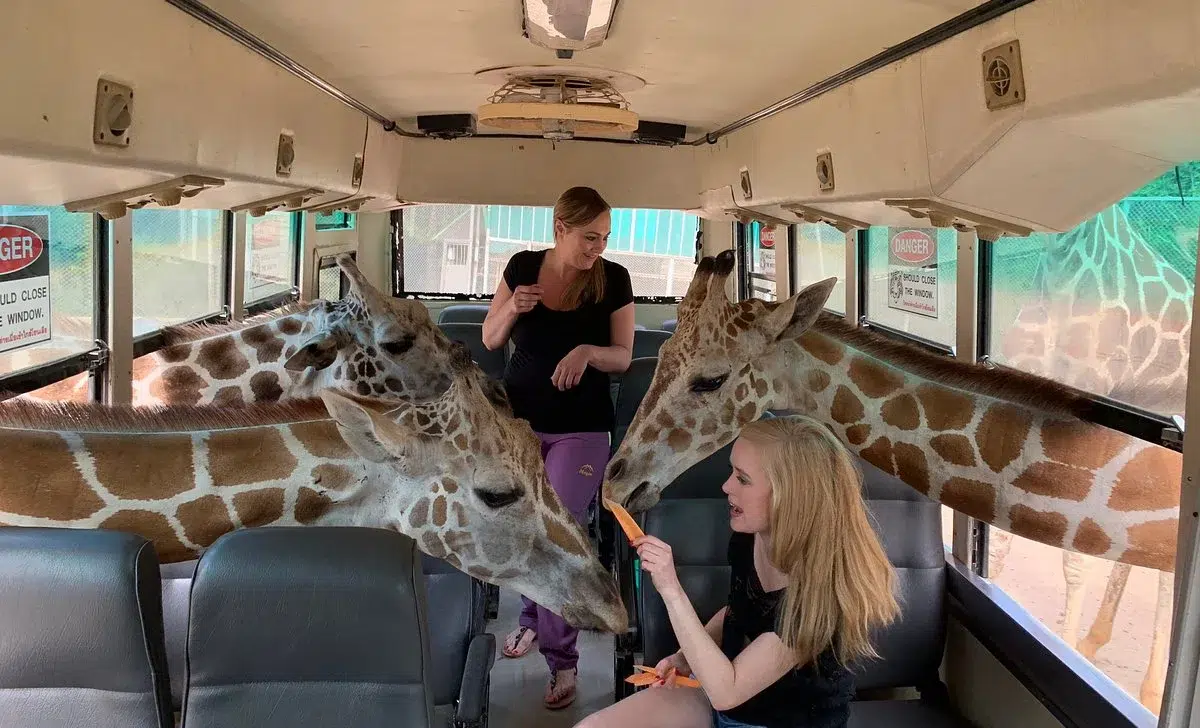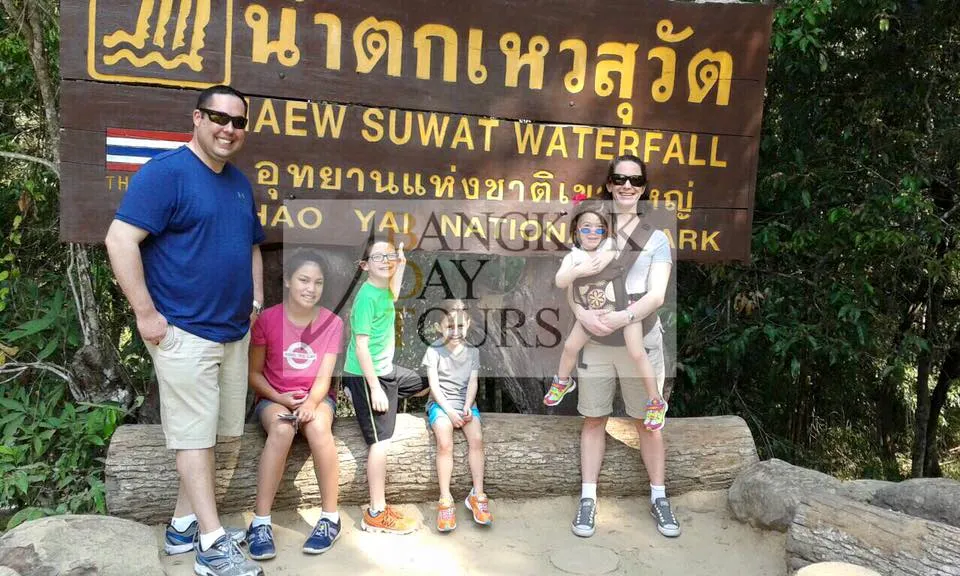
Attractions information
Khao Yai National Park
Khao Yai National Park covers an area of over 2000 square kilometers in the four provinces of Nakhon Ratchasima, Nakhon Nayok, Saraburi, and Prachin Buri.
It was the first national park in Thailand and became a UNESCO World Heritage Site under the name Dong Phaya Yen-Khao Yai Forest Complex.
Khao Yai National Park has several mountains of around 1000 metres including Khao Khieo. The entire area is criss-crossed by hiking trails, ranging in length from one and a half to eight kilometres. There are many waterfalls, the tallest and most spectacular of which is Haew Narok. Haew Suwat is famous for the jump scene in the movie The Beach.
Khao Yai's forests are teeming with wildlife and birds and is host to almost 2,500 plant species, 67 different kinds of mammals and over 300 species of birds.
The abundant wildlife includes many endangered mammals such as elephants, gibbons, tigers, leopards and Malaysian sun bears. Civets, squirrels, porcupines, and wild pigs add a bit of variety. Snakes and lizards usually make their presence known by a rustle in the undergrowth as you are walking.
Towering trees draped in mosses, climbers, tangled trunks of the strangling figs, drooping lianas & spiny rattan palms, delicate ferns, multicoloured lichens and an ever-changing array of fungi are all on view here.
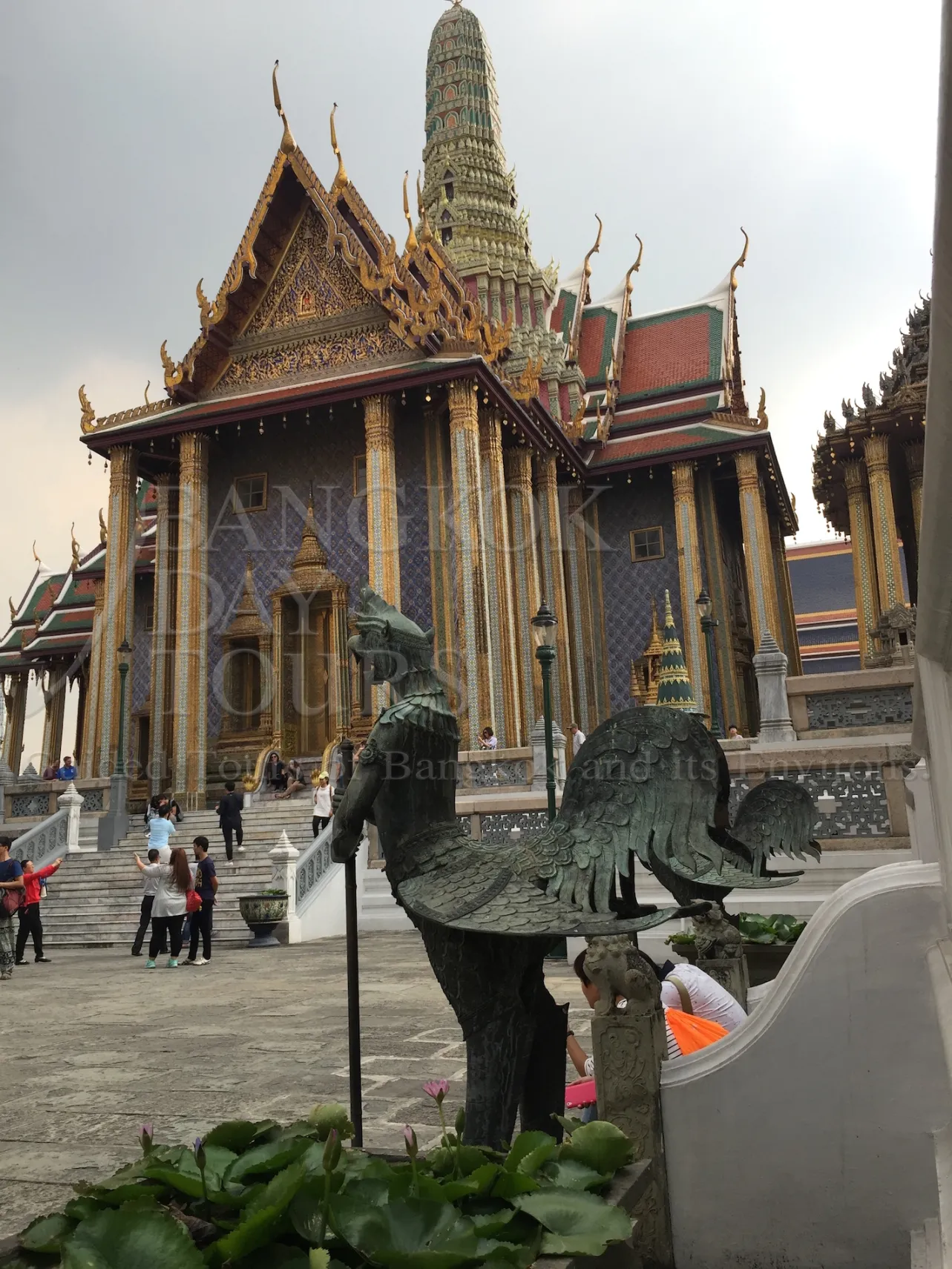
Attractions information
Sanctuary of Truth
The Sanctuary of Truth is one of the most notable attractions in Chonburi Province but is largely ignored by the traveling masses.
This remarkable structure, which is equivalent height of a twenty-story building, has been constructed in traditional Thai style entirely without the use of any nails.
Using Thai building methods from a bygone era, The Sanctuary of Truth is held together by wooden pegs and is ornately carved to show the relationships between human beings and the universe according to Eastern philosophies.
On arrival, you'll be introduced to a more leisurely method of transport, as you climb into the pony & trap for your journey down to The Sanctuary of Truth itself. The first glimpse from above is most memorable and whets the appetite for a closer view.
Inside the building it's remarkably cool and you'll be amazed by the myriad of intricate carvings which are visible everywhere. The timber used in the construction is suitably aged, having been taken from dismantled buildings throughout the country.
In addition to The Sanctuary of Truth itself, there is an excellent Thai Cultural Show which includes Thai dancing, Traditional fighting, Thai boxing and a Dolphin Show. Here you can even swim with the dolphins if you come prepared.
Attractions information
Ampawa Village
Ampawa is a district in Samut Songkram province, which is only an hour and a half from Bangkok.
Although it is the smallest of the 76 provinces in Thailand, it has an amazing network of 330 canals and on Saturday and Sundays has its own Floating Market in the evenings.
In Ampawa many pleasant Thai families have opened their homes so that visitors can get a glimpse of their enviable lifestyle. Homestays cater for romantic couples, small groups of friends and large groups of students, with accommodation to suit.
The best way to get around Ampawa is to walk and there are many picturesque lanes which run along the canals. Teakwood homes are built on stilts and inside, you'll find these homes in immaculate condition.
The night-time boat trip on the Mae Klong River lets you enter the enchanting world of fireflies swarming in the trees along the river bank. It's an unbelievable sight, as entire trees are aglow with flashing yellow lights.
A visit to the temple at Wat Bangkae Noi is a must because the interior walls & ceiling of the main chapel have intricate teakwood carvings and time spent here will leave you in awe of the fine craftsmanship found in these carvings.
Ampawa is famous for its TaoTan Palm Sugar and also for the hand-painted porcelain crockery called Benjarong.

Attractions information
Kanchanaburi Province
Kanchanaburi Province which borders Myanmar (Burma) to the north-west is the third largest Thailand's of seventy six provinces.
It is located 130 km west of Bangkok and has a population of about 735,000 of which 54,000 live in Kanchanaburi town itself. This is a most picturesque part of Thailand.
Kanchanaburi town was originally established by King Rama I as a first line of defence against the Burmese, who might use the old invasion route through the Three Pagodas Pass on the Thai-Burma border.
The magnificent landscape & charming beauty of Kanchanaburi have resulted in major tourist attractions including the well-known Erawan Waterfalls, caves which were once inhabited by Neolithic man, pristine national parks, tranquil rivers, virgin forests, and reservoir.
Together, they offer an intriguing experience whether you are visiting for the first-time or returning for another visit.
Whatever your personal interest: fishing, rafting, canoeing, mountain biking, bird-watching, star-gazing, golfing, elephants, tigers, jungle trekking or even living on bamboo rafts, Kanchanaburi takes pride in offering them all.
Local residents of Kanchanaburi are engaged in agricultural activities as this is one of the most fertile provinces. Most of the locals are of Thai ancestry with notable Mon and Karen minorities.

Attractions information
Wat Phra Kaew Emerald Temple
Wat Phra Kaew is regarded as the most sacred Buddhist temple in Thailand and is within the grounds of the Grand Palace.Unlike other temples it does not contain living quarters for monks. Rather, it has only the highly decorated holy buildings, statues, and pagodas. Strict dress code applies here.
The construction of the temple started when King Rama I moved the capital from Thonburi to Bangkok in 1785. The main building is the central ubosoth, which houses the Emerald Buddha.
Legend holds that the statue originated in India, but it first surfaced in the vassal Kingdom of Cambodia and was given as a gift to the King of Ayutthaya in the 15th century 1434.
The image disappeared when Burmese raiders sacked Ayutthaya and the image was feared lost.
Important Information
A strict dress code applies here. The Grand Palace and The Temple of the Emerald Buddha is Thailand's most sacred site. Visitors must be properly dressed before being allowed entry to the temple. Men must wear long pants and shirts with sleeves. No tank tops or singlets. Women must be similarly modestly dressed. No see-through clothes or bare shoulders. No shorts or tights. Proper shoes must be worn. No flip flops.
Wildlife Bonanza Five Day Tour (Code:5101)
Pick a day and people
THB 84,000.00
THB 84,000.00
THB 100,000.00
THB 130,000.00
THB 150,000.00
THB 165,000.00
THB 180,000.00
THB 200,000.00
THB 220,000.00
THB 300,000.00
THB 315,000.00
THB 330,000.00
This tour is not designed for cruise ship passengers. Exclusive cruise ship tours are available from Klong Toey Port and Laem Chabang Port.
This special wildlife tour is designed to maximise your time in Thailand and will take you in a big circle through neighbouring provinces and back to Bangkok again. Overnight stops will allow you to see elephants in Khao Yai, dolphins in Chonburi, fireflies in Ampawa & tigers in Kanchanaburi.
Do you want your tailor-made tour?
A tailor-made tour is the best kind of independent travel itinerary, designed and arranged just for you and your needs.
All events and activities are part of your very personal, privately guided tour.
Just ask us and we will be happy to make your tour an unforgettable experience. We have been doing this for 25 years and the quality of tailor made tours has never changed.
Why is a private tour a better choice?
With a private tour, you have the freedom to choose what you want to do and when you want to do it. There is much more room for flexibility and changes to your itinerary at every step of the way because you don't have to consider the needs of other travelers. The flexibility and freedom to make the most of your time is the reason why so many people choose to take a private tour rather than a group tour.Tour Programme
07:00 - Day 1 Departs
- Bangkok to Khao Yai National Park
This is a UNESCO world heritage site and is home to a large variety of animals, including herds of wild elephants.Read More >
08:00 - Day 2 Departs
- Khai Yai to Chonburi
Chonburi province provides opportunity to see dolphins of various sorts as well as other magnificent structures like the Sanctuary of Truth. Read More >
07:00 - Day 3 Departs
- Chonburi to Ampawa
Ampawa is in the smallest province of Thailand, but at night has the most remarkable light show along the banks of the Mae Klong river. Female fireflies, flash their lights in unison to attract a male and the effect is like watching a Christmas tree. Read More >
07:30 - Day 4 Departs
- Ampawa to Kanchanaburi
An early start will allow a stop-off at Damnoen Saduak Floating Market before arriving in Kanchanaburi Province. This is wildlife country so be prepared for encounters with elephants and tigers as well as historic sites. Read More >
08:00 - Day 5 Departs
- Kanchanaburi to Bangkok
Bangkok is the capital of modern Thailand, but the city is an interesting mix of old and new. Some of the most magnificent temples in the world are right here in BangkokRead More >
Important Information
At the Grand Palace, men must wear long pants and shirts with sleeves. No tank tops or singlets. Women must be similarly modestly dressed. No see-through clothes or bare shoulders. No shorts or tights. Proper shoes must be worn. No flip flops.
At the Tiger Temple, women must cover their shoulders and knees. Tank tops, short skirts, shorts, shawls and scarves are not permitted. Tights cannot be worn as an outer garment. Also, bright colours like red, orange and pink are not allowed.





